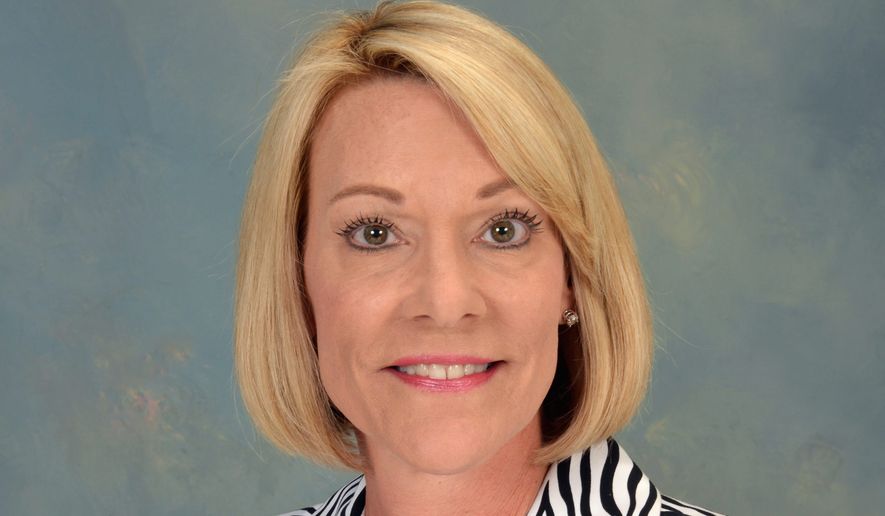The world is getting smarter. Smart phones. Smart cars. Even smart thermostats. Yet, we’re still building the same roads that we were building in the 1950s. We need roads that do more than just get people from one place to another.
At The Ray, we demand more and reject the status quo. We start our discussions with “what ifs”: What if the road itself could produce energy? What if highway and interstate shoulders could generate new revenue for state departments of transportation? What if we demanded more of our roadways? At The Ray, we are asking, and answering, those questions.
The Ray is an 18-mile living laboratory located in southwest Georgia for innovative ideas and technologies that will set a new standard for roadways around the word and prove that ambitious goals are within our reach.
Take state revenue generation as a starting place. As electric vehicles continue to gain market share and autonomous cars (many of which will be electric or have electric components) become a reality, state departments of transportation (DOT) will be forced to diversify revenue beyond the dwindling gas tax. Fortunately, there is a wealth of underutilized and untapped resources at their fingertips: land.
For example, rights-of-way (think about the land that runs alongside roadways) vary in size, reaching acres of land. The primary purpose of this land is a place of safe harbor for distressed drivers, but it can also be made to multitask to the benefit of all. On The Ray, we’re working with the Georgia DOT, the Georgia Public Service Commission and Georgia Power to install a one megawatt solar farm directly on and along the interstate. This project will be the first in the Southeast and only the fifth of its kind in the nation. The same logic can be applied to other renewable sources of energy like wind.
Later this year, The Ray will implement a perennial wheat cultivation pilot with the Land Institute. Many highly disposable consumer goods, like diapers and paper towels, use fibers such as perennial wheat in their products. Through profit-sharing or lease agreements with DOTs, these companies can grow their crops on the right-of-way and avoid competing with farming growing edible crops that cannot be grown so close to roadways.
And that’s what is above ground. Below, there’s a world of opportunities for energy and transportation to find common ground. High-voltage, direct current (HVDC) electric power transmission systems are more efficient than our current, ancient grid, which relies heavily on the older alternating current (AC). Unlike AC, HVDC is highly compatible with renewables, and laying these cables strategically in the right-of-way, where energy is being produced, results in an efficient system where energy is produced and consumed on smaller micro-grids.
The possibilities are endless. We only need to ask the right questions to start us on the right path. My father, Ray Anderson, revolutionized the carpet tile industry and taught the world that you can do well by doing good. The Ray highway is created and named in his honor, and I’m proud to bring his vision into a new sector. On The Ray, we’re trying things that have never been done before and achieving better outcomes — safer roads, fewer deaths, infrastructure that produces value and revenue for the economy and for state DOTs instead of being, simply, a liability.
Highway infrastructure is an untapped asset that we can no longer ignore. I invite all of you to reach out, learn about our project, pitch an idea and come to ride The Ray and experience the future of highway transportation. Let’s drive the future.
• Harriet Anderson Langford is Founder and President of The Ray.




Please read our comment policy before commenting.